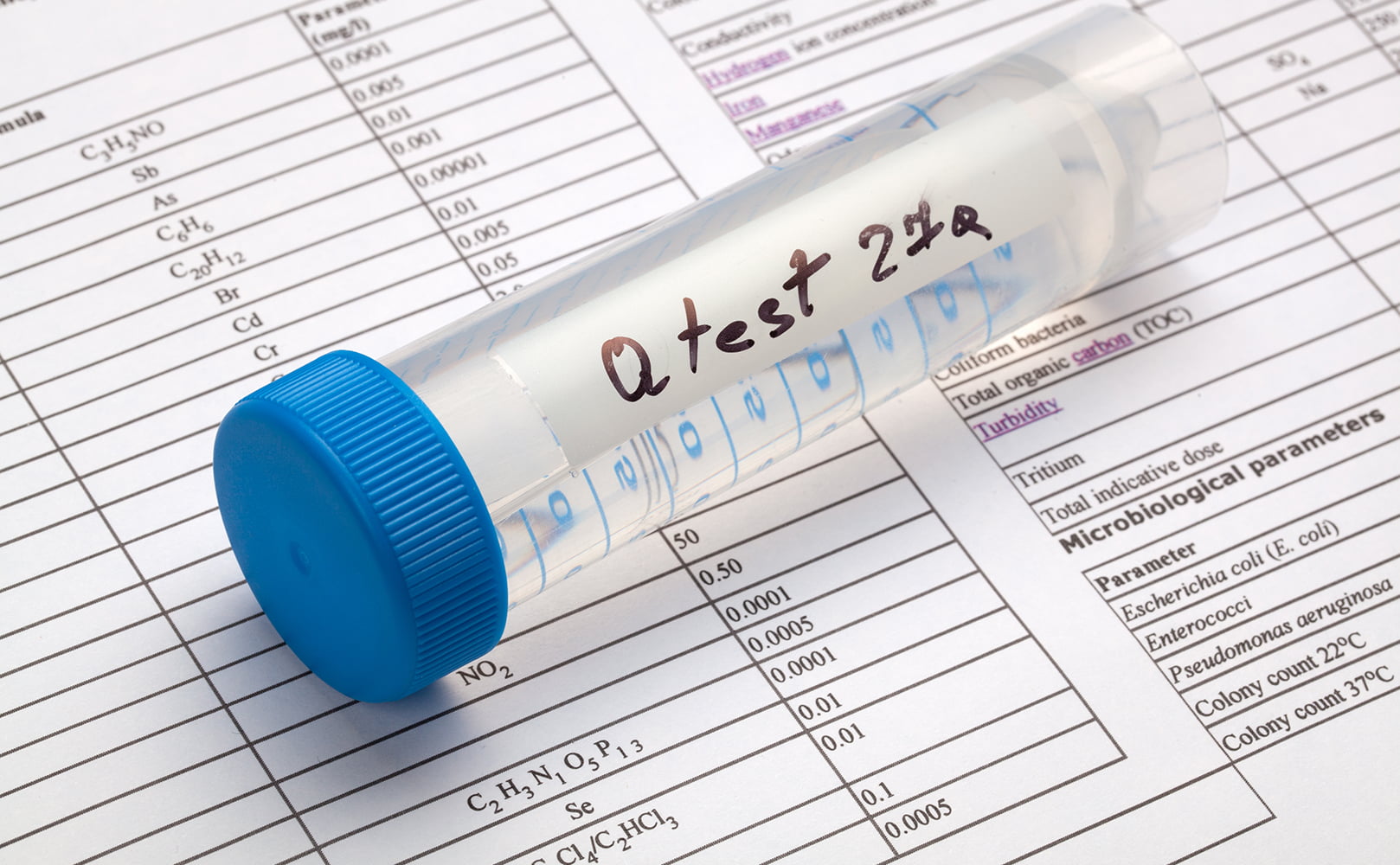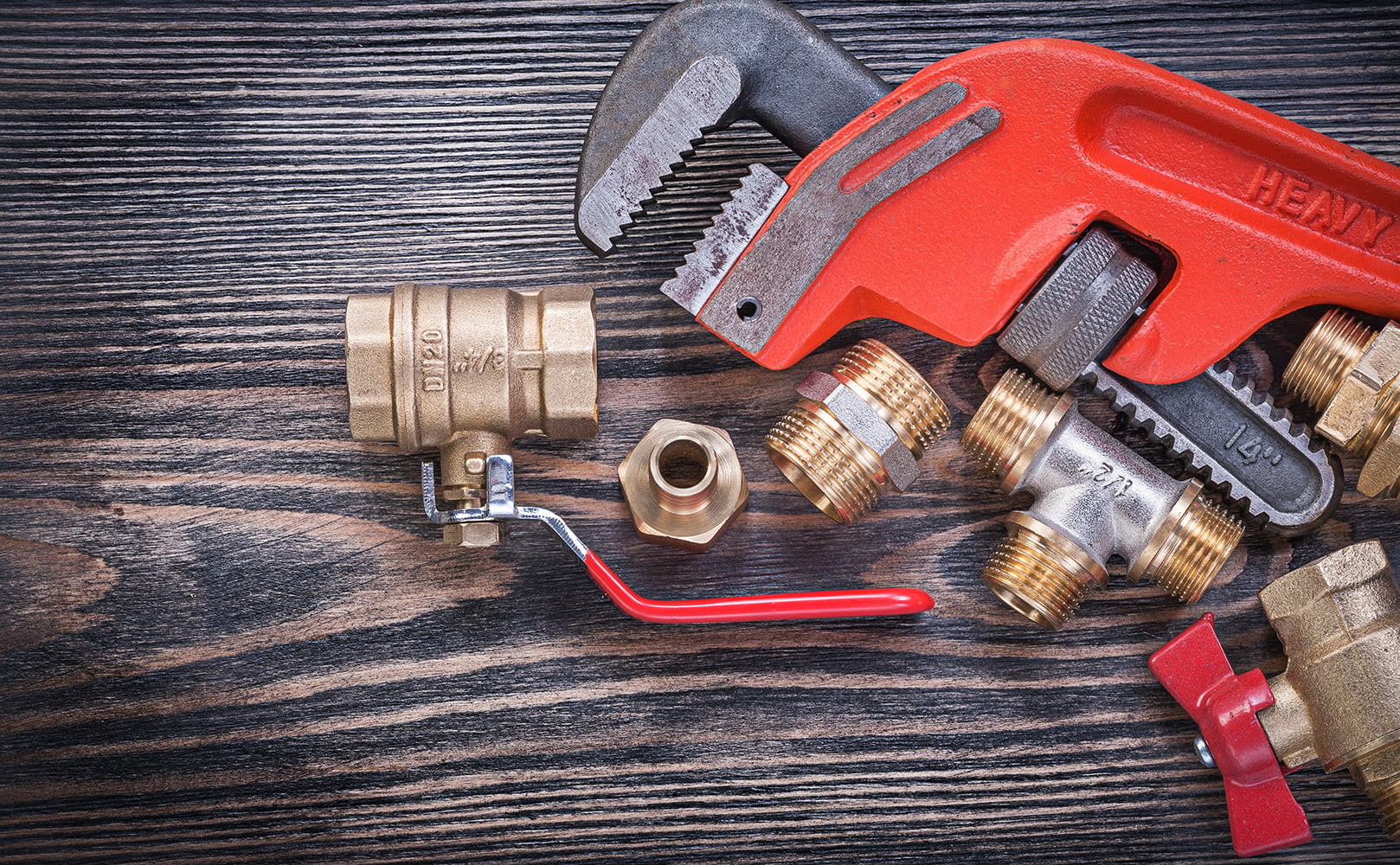How to Make a DIY Well Water Filtration System
Written by: Alexandra Uta // Last Updated: Sep 29, 2022
This page may contain affiliate links. If you buy a product or service through such a link we earn a commission at no extra cost to you. Learn more.
Well water can be tricky to deal with since it is susceptible to many contaminants.
The right filtration system will ensure your family has clean, safe drinking water.
That said, you can buy one or save money by making your own well water filter.
If you plan to make a DIY well water filtration system, here are all the basics of what you need to know.
Key Takeaways
Before you begin:
- Have your well water tested to know what contaminants are present
- Gather your supplies (tools, well filter components, bypass and shut-off valves, pressure gauges, drain connection for backwashing)
- Choose a location easily accessible for maintenance
Here’s how to set up your DIY well water filter:
- Shut off the water supply and open the nearest faucets in the house to relieve pressure
- Cut off a section of your main water line where your filtration system will be installed
- Attach the filter to the incoming and outgoing ends of the pipe. Make sure filter stages are arranged in the right order
- Slowly open the main water valve and check for leaks.
- Open several faucets to get rid of air pockets and restore water pressure.
Why Make a Homemade Well Water Filtration System?
Advantages
- The biggest advantage is that it will save you money. A professionally installed well water filter system can cost upwards of $2,000. You can cut that cost by more than half by making your own.
- Another big advantage is that you will have complete control over the design and materials used in your system. This means you can tailor it to address the contaminants in your well water specifically.
- DIY systems are usually easier to maintain and troubleshoot since you already know how it works and what materials were used.
Disadvantages
- It will take some time and effort to design and build your system. This may not be a quick weekend project. So if you’re looking for a quick installation, consider buying a pre-made system instead.
- It will be more difficult to determine if your well water filter is working or if the quality is up to par with a professionally installed system. This is why it’s important to research and have your water tested.
How to Make a DIY Whole House Well Water Filter System Step By Step
If you plan to build a DIY whole house well water filter system, be prepared to have lots of patience. One mistake can affect the quality of your well water.
Follow these steps carefully:
1. Have Your Water Tested
The first step is to have your water tested by a certified well water testing company. This will give you an idea of what contaminants are in your well water and how much filtration is needed.
You can use a DIY water test kit, which is less costly. But we recommend a professional test for more accurate results.
2. Gather Your Supplies
If it wasn’t obvious enough, a DIY installation requires some basic plumbing skills and familiarity with tools. If you’re confident you have both, here is a rundown of everything you’ll need.
Tools and Accessories
- Drill and drill bits
- Wrench
- Pipe cutter
- Empty bucket
- Teflon Tape
- Screwdriver
- Tubing/piping
Well Filter Components
A whole house water filtration system typically consists of these components. The most common are:
- filter cartridges
- filter housings (that can accommodate 10” or 20” cartridges)
- pipe fittings
- mounting brackets
Step-Down Sediment Filtration
Step-down filtration is a type of filtration in which water is forced through a series of increasingly smaller pores to remove suspended particles. As its name suggests, step-down filtration starts with large-particle (coarse) filtration, followed by medium-, small-, and finally, fine-particle filtration.
It’s common for well water to have high sediment levels, so installing a system that follows step-down sediment filtration might be necessary.
For example, in a multi-stage filtration system, the first stage might be a 20-micron filter that removes coarse sediment, while the second stage might be a 5-micron filter, followed by a 1-micron filter.
Knowing how many microns you need will depend on your water test results.
Carbon, Iron, and Other Filters
If your water has a variety of contaminants, you may need to build a system that consists of several different types of filter stages. Typically, a whole house well filter system has these filters:
- a pre-filter to remove large particles (e.g. sediment)
- an activated carbon filter to remove chlorine, chemicals, and pesticides
- an iron filter to remove dissolved iron, manganese, and sulfur
- a UV filter to kill bacteria and viruses among other microorganisms
Of course, you may not need all of these filters. It depends on your water test results.
Bypass and Shut-Off Valves
Most well water filtration systems should have a bypass valve, which allows you to send water around the filter when it needs to be serviced or replaced. On the other hand, a shut-off valve is used to stop water flow into the house completely (or to the filtration system).
You might need additional valves depending on your specific installation. For example, if you’re installing a sediment filter before your main whole house filter, you might require a Y-valve to bypass the sediment filter when it needs to be cleaned.
Pressure Gauges
Pressure gauges measure the pressure of the water coming into your house. These are optional but can help determine when it’s time for a filter to be replaced. Low pressure often indicates a clogged filter.
Drain Connection for Backwashing
Backwashing is the process of reversing the flow of water through a filter to clean it. During backwashing, water flows back through the filter media flushing out any accumulated debris.
Backwashing isn’t required for most types of well water filters.
3. Install Your System
Installing your own well water filter system is similar to how you would install a premade system. We previously covered how to install a whole house well water filter. Below is a summary:
- Choose the right location. The filter system should be easily accessible for maintenance and close to the water source.
- Shut off your main water valve and open the nearest faucets in your house to relieve pressure.
- Cut off a section of your water line. This is where your new filtration system will connect to the main water line.
- Attach your chosen filter to the incoming end of the pipe. Do the same if you have other filters to install. Make sure they are arranged in the order that they should be used.
- Connect a new section of the water line to the other side of the final filter in your series. This will lead to your house’s plumbing.
- Turn on your main water valve slowly and check for leaks in your new system. If there are no leaks, open all the faucets in your house to get rid of air pockets and restore water pressure.
4. Do a Test Run
To know if your system is working, you’ll need to have your water tested again. Meanwhile, you can look for physical indications, such as if there are changes in the color, smell, and taste of your well water.
Making a DIY Drinking Water Filter for Well Water
If you want to filter your well water specifically for drinking, you can build a DIY drinking water filter. This requires several natural materials. Let’s dive in.
Materials Needed
- a clean and clear half gallon plastic bottle
- An empty glass
- A sharp knife or scissors
- Sand
- Activated charcoal (You can purchase this at most hardware stores)
- Stones
- Gravel
- A coffee filter (or cotton wool balls, or cloth)
- Water from your well (or any other water source)
Instructions
- Start by taking your clean plastic bottle and cutting off the bottom with a sharp knife or scissors.
- Next, place the bottle upside down in your empty glass.
- Now, you will need to fill up your bottle in this order, from bottom to top: coffee filter (or cotton wool balls, or cloth), activated charcoal, stones, and gravel.
- Once you have filled your bottle with the filtering materials, it’s time to add water. Slowly pour water into the bottle until it is full. Be sure not to overfill as this can cause spillage and make a mess.
- Now, let your DIY well water filter sit for about an hour so that all the materials have a chance to do their job.
- After an hour, it’s time to test your new water filter! Carefully pour some filtered water into a clean glass and take a sip.
Congratulations, you’ve just made yourself a DIY drinking water filter for well water!
Should You Make Your Own Well Water Filter?
The answer to this question depends on a few factors. If you are handy and confident in your abilities and would rather save money, making your own water filter could be a great option.
However, if you are not as experienced or don’t have the time, it might be better to buy a system that is already made.
Besides, you need to make sure that the filtered water is indeed potable. If you end up with bacteria-contaminated drinking water you’re putting your own health at risk!
If you have any questions about how to make a DIY well water filter system please don’t hesitate to leave a comment below!
Information provided on BOS is for educational purposes only. The products and services we review may not be right for your individual circumstances.
We adhere to strict editorial guidelines. Rest assured, the opinions expressed have not been provided, reviewed, or otherwise endorsed by our partners – they are unbiased, independent, and the author’s alone. Our licensed experts fact-check all content for accuracy. It is accurate as of the date posted and to the best of our knowledge.



